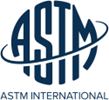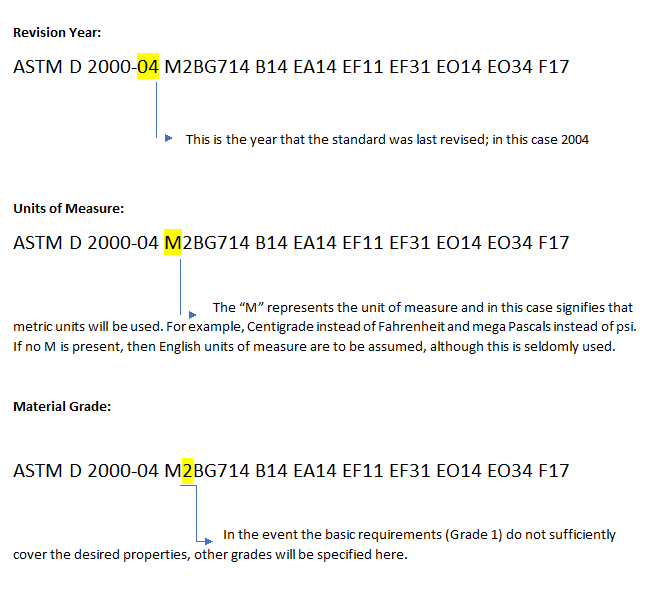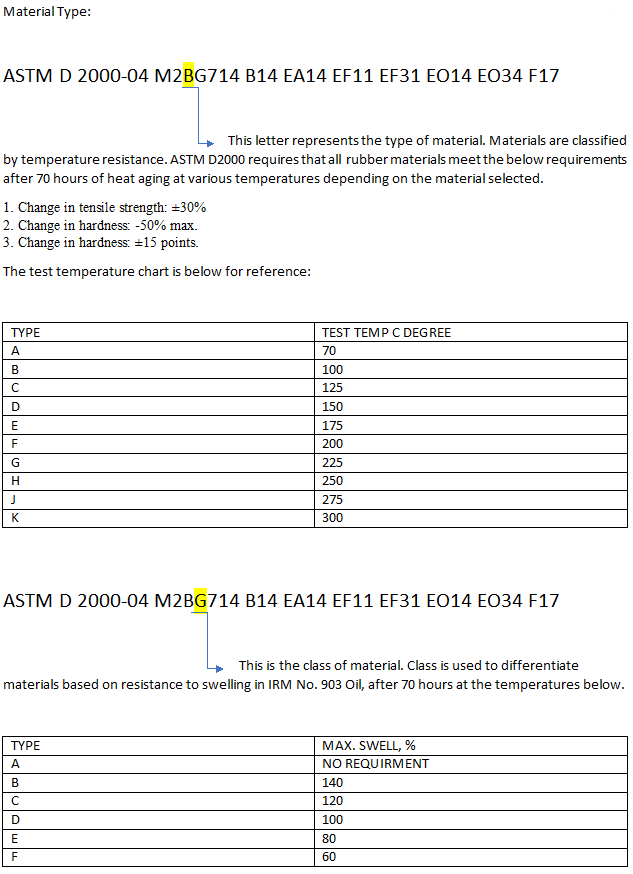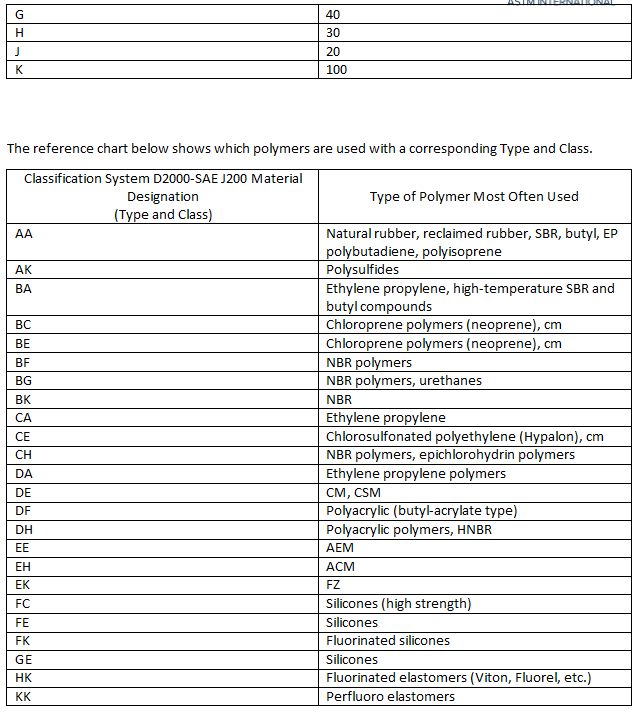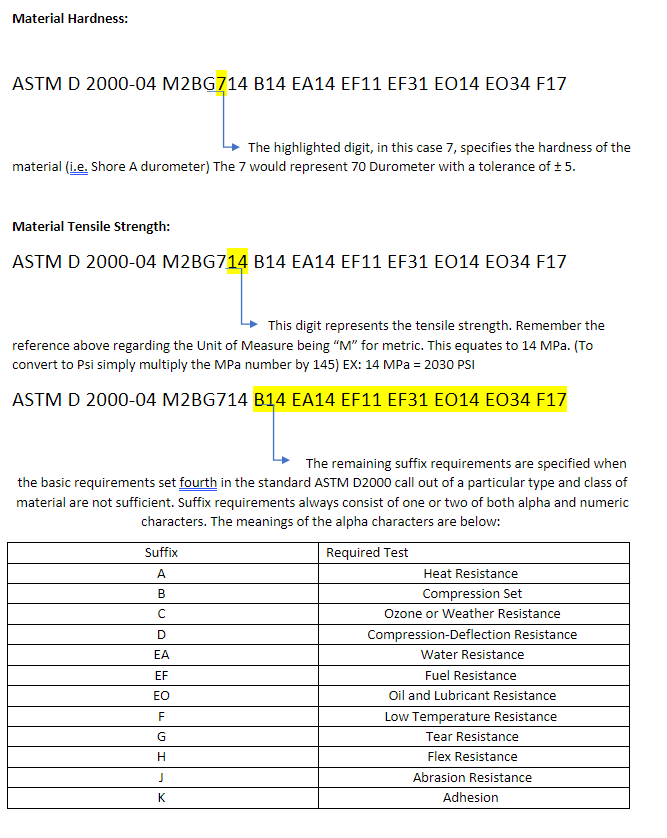ASTM D2000 Specifications Broken Down
ASTM D2000, “Standard Classification for Rubber Products in Automotive Applications”, which is identical to a second standard, SAE J200, “Classification System for Rubber Products”. Once the fundamentals are broken down, ASTM D200 is easy to understand.
Line call outs include, the document number (D 2000), the revision year, the prefix letter “M”, the grade number, type and class designation, the hardness and tensile strength, and the suffix requirements if any.
Special requirements can be added using a “Z” call-out. This is typically done after the last call-out and number. Below are a few examples that we have seen over time:
Z1 – A14 Use Grade 4 requirements (Since grade 2 does not have A14 call outs, this designates which to use)
Z2 – Color Blue (Specific Color is required for a project)
Z3 – FDA 21 CFR 177.2600 complaint (Regulatory requirements need to be met)
The various callouts can be used to meet specific needs of an application. They can be used to specifically assure a given polymer time like, Z1- polymer EPDM, or to assure a specific grade–like Z1 – Medical Silicone.
Even without additional callouts, using the ASTM D2000 will give basic requirements. Typically, it is a minimum physical requirement for a heat age, oil age (depending on polymer), and a compression set test. Solely using these minimum callouts can help put controls in place to assure quality compounds are used — leading to a more robust part. An example would be ASTM D2000 M2BG710.
Have a Question? Contact Us Here


